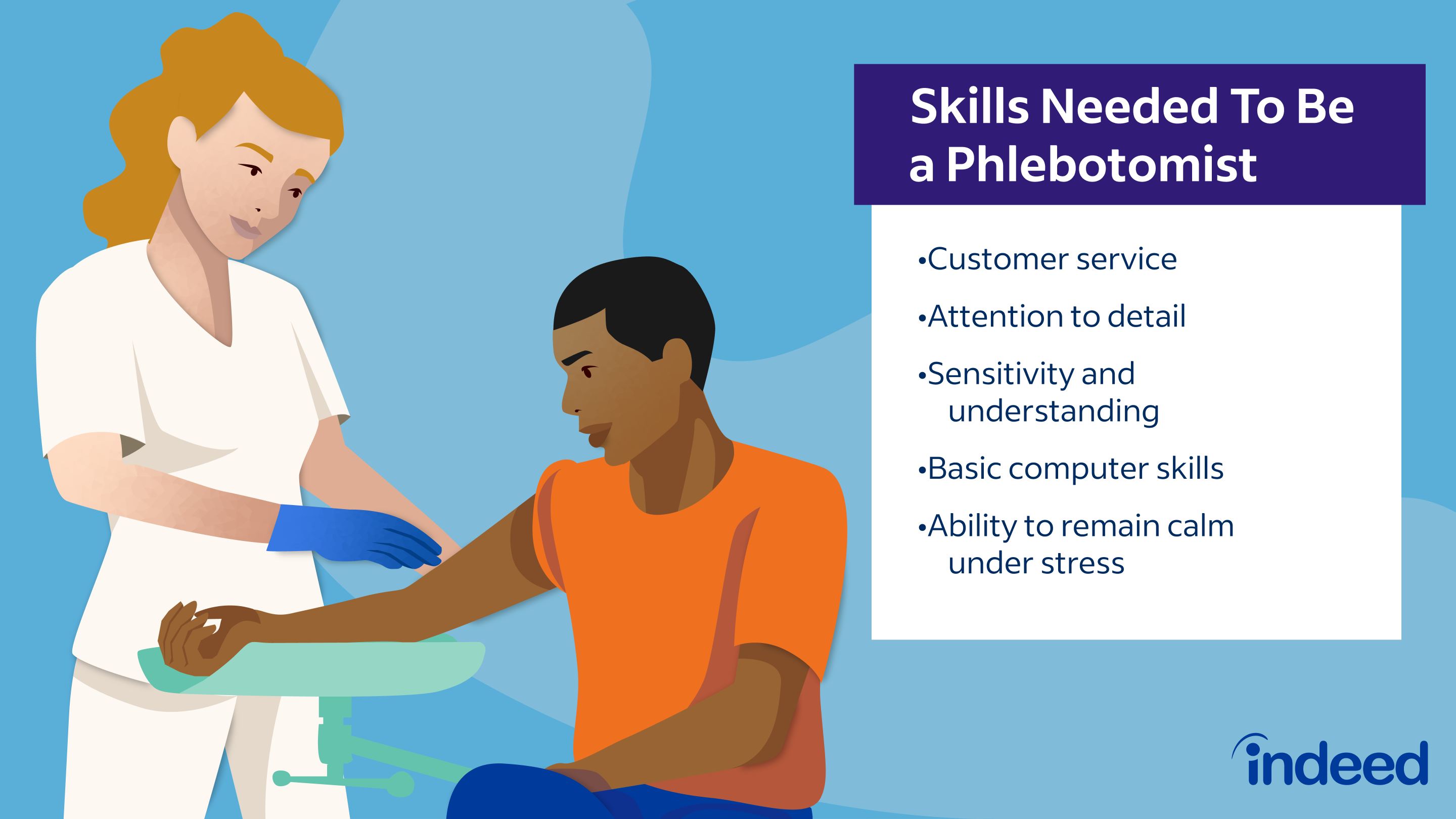Indicators on Northeast Medical Institute - New Haven Campus Phlebotomy Course & Cna Class You Need To Know
Indicators on Northeast Medical Institute - New Haven Campus Phlebotomy Course & Cna Class You Need To Know
Blog Article
Fascination About Northeast Medical Institute - New Haven Campus Phlebotomy Course & Cna Class
Table of ContentsNortheast Medical Institute - New Haven Campus Phlebotomy Course & Cna Class for DummiesThe 45-Second Trick For Northeast Medical Institute - New Haven Campus Phlebotomy Course & Cna Class10 Easy Facts About Northeast Medical Institute - New Haven Campus Phlebotomy Course & Cna Class ExplainedThe Only Guide to Northeast Medical Institute - New Haven Campus Phlebotomy Course & Cna Class9 Easy Facts About Northeast Medical Institute - New Haven Campus Phlebotomy Course & Cna Class DescribedThe smart Trick of Northeast Medical Institute - New Haven Campus Phlebotomy Course & Cna Class That Nobody is Talking About
The usage of such devices need to be gone along with by other infection avoidance and control methods, and training in their usage.For setups with low sources, cost is a motoring consider procurement of safety-engineered tools - PCT Training. Where safety-engineered gadgets are not available, skilled use of a needle and syringe is appropriate. Unexpected exposure and details details about a case ought to be videotaped in a register. Support solutions should be promoted for those that undertake unintended exposure.
labelling); transport problems; interpretation of outcomes for professional management. In an outpatient department or clinic, provide a dedicated phlebotomy cubicle containing: a tidy surface area with two chairs (one for the phlebotomist and the other for the patient); a hand wash basin with soap, running water and paper towels; alcohol hand rub. In the blood-sampling area for an outpatient division or clinic, provide a comfy reclining sofa with an arm remainder.
Rumored Buzz on Northeast Medical Institute - New Haven Campus Phlebotomy Course & Cna Class
Make certain that the indicators for blood tasting are clearly specified, either in a created protocol or in documented guidelines (e.g. in a lab kind). Whatsoever times, adhere to the strategies for infection avoidance and control detailed in Table 2.2. Infection prevention and control methods. Accumulate all the equipment needed for the treatment and area it within secure and easy reach on a tray or trolley, ensuring that all the products are plainly noticeable.
Introduce yourself to the patient, and ask the client to state their full name. Check that the research laboratory kind matches the person's identification (i.e. match the client's details with the laboratory kind, to make certain exact recognition).
Make the person comfy in a supine setting (preferably). Location a tidy paper or towel under the person's arm. Go over the examination to be carried out (see Annex F) and obtain spoken authorization. The individual has a right to decline a test at any moment prior to the blood sampling, so it is very important to ensure that the person has understood the treatment.
An Unbiased View of Northeast Medical Institute - New Haven Campus Phlebotomy Course & Cna Class
Expand the client's arm and evaluate the antecubital fossa or lower arm. Locate a capillary of an excellent size that is visible, straight and clear. The representation in Area 2.3, reveals usual positions of the vessels, but lots of variants are feasible. The typical cubital vein lies between muscle mass and is normally the most easy to pierce.
DO NOT place the needle where capillaries are diverting, since this boosts the opportunity of a haematoma. The capillary must be noticeable without using the tourniquet. Finding the capillary will certainly aid in determining the correct size of needle. Use the tourniquet concerning 45 finger sizes over the venepuncture site and re-examine the vein.
Specimens from central lines carry a risk of contamination or erroneous lab test outcomes. It is appropriate, but not optimal, to draw blood samplings when very first presenting an in-dwelling venous tool, before connecting the cannula to the intravenous liquids.
The Northeast Medical Institute - New Haven Campus Phlebotomy Course & Cna Class PDFs
Permit the area to completely dry. Failing to permit adequate contact time boosts the threat of contamination. DO NOT touch the cleaned up website; particularly, DO NOT put a finger over the vein to assist the shaft of the exposed needle. It the site is touched, repeat the disinfection. Carry out venepuncture as adheres to.
Ask the person to create a clenched fist so the veins are extra prominent. Go into the vein promptly at a 30 degree angle or less, and remain to introduce the needle along the blood vessel at the simplest angle of access - PCT Training. Once adequate blood has actually been gathered, release the tourniquet prior to withdrawing the needle
Northeast Medical Institute - New Haven Campus Phlebotomy Course & Cna Class for Beginners
Take out the needle gently and use mild pressure to the website with a clean gauze or dry cotton-wool round. Ask the individual check to hold the gauze or cotton woollen in position, with the arm prolonged and elevated. Ask the patient NOT to bend the arm, since doing so creates a haematoma.

Rumored Buzz on Northeast Medical Institute - New Haven Campus Phlebotomy Course & Cna Class
Do not press the syringe plunger because additional stress increases the risk of haemolysis. Where possible, keep the tubes in a rack and move the shelf in the direction of you. Inject downwards right into the ideal coloured stopper. DO NOT get rid of the stopper since it will certainly launch the vacuum cleaner. If the example tube does not have a rubber stopper, infuse extremely slowly right into the tube as minimizing the stress and rate made use of to move the specimen lowers the risk of haemolysis.

Report this page